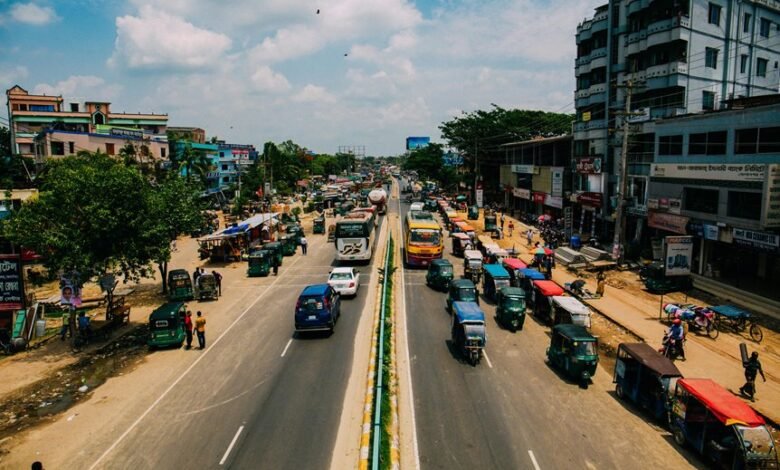Mutf_In: Kota_Busi_Cycl_Rf3mmk

The initiative Mutf_In: Kota_Busi_Cycl_Rf3mmk represents a strategic effort to enhance urban cycling through data integration and real-time safety measures. By focusing on optimized cycling routes, it aims to support a sustainable transportation model while fostering community engagement. This approach promises to address pressing urban challenges, such as carbon emissions and congestion. However, the effectiveness of this initiative raises questions about its implementation and long-term impact on urban mobility.
Key Features of Mutf_In
The Mutf_In platform is distinguished by several key features that enhance its functionality and user experience. Notably, it integrates comprehensive data on urban infrastructure, promoting informed decision-making for cyclists.
Additionally, its emphasis on cycling safety through real-time alerts and route optimization significantly improves rider security. These elements collectively foster a supportive environment for urban cycling enthusiasts, empowering users to traverse cities with confidence.
Benefits of Sustainable Urban Cycling
Promoting sustainable urban cycling yields a myriad of advantages that extend beyond individual health benefits.
It significantly reduces environmental impact by lowering carbon emissions and minimizing traffic congestion.
Furthermore, cycling enhances cardiovascular health, boosts mental well-being, and fosters a sense of community among cyclists.
Collectively, these benefits contribute to a healthier population and a more sustainable urban environment, underscoring the value of embracing cycling as a primary mode of transport.
Community Engagement and Technology Integration
Engaging communities through innovative technology is essential for fostering a vibrant cycling culture in urban environments.
Effective community outreach strategies leverage digital platforms to connect cyclists, share resources, and promote events.
By integrating technology, cities can enhance communication, gather feedback, and encourage participation in cycling initiatives.
This approach empowers residents, cultivates a sense of belonging, and ultimately supports sustainable urban mobility efforts.
Challenges and Future Prospects
While urban cycling initiatives have gained momentum, various challenges threaten their sustainability and growth.
Key issues include inadequate infrastructure development, which hampers safe cycling routes, and insufficient policy support that fails to prioritize cycling as a viable transportation mode.
Addressing these challenges is crucial for fostering a cycling-friendly environment, ensuring that urban cycling can flourish and provide freedom of movement for all citizens.
Conclusion
As Mutf_In: Kota_Busi_Cycl_Rf3mmk continues to reshape urban cycling, the path ahead remains fraught with uncertainties. Will the community embrace these innovations, or will skepticism hinder progress? The potential for a greener, more connected city hangs in the balance, reliant on collective action and technological advancements. As stakeholders navigate challenges, the ultimate question lingers: can this initiative truly transform urban mobility, or will it become just another fleeting vision in the landscape of sustainable development?




